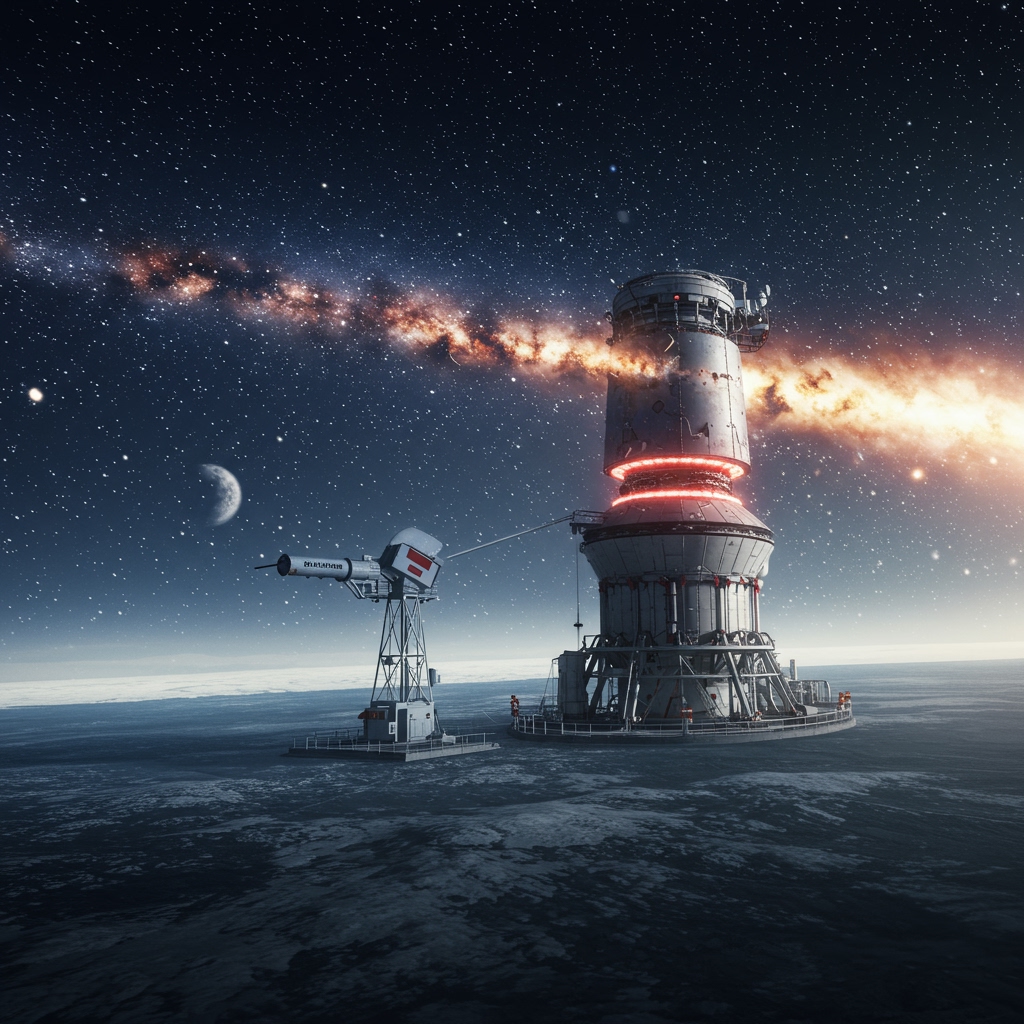Historic Breakthrough in Fusion Energy
Project Starfire, an international research consortium, announced today a monumental achievement in the quest for clean, virtually limitless energy: the successful demonstration of sustained net energy gain in a fusion reaction. This pivotal moment, confirmed by data from an experiment conducted on December 15, 2024, at their Oak Ridge facility, represents a critical step forward for fusion science and the potential for future commercial power generation.
The experiment definitively showed that the fusion process produced more energy than was consumed to initiate and maintain the reaction. Specifically, the team reported achieving a Q factor of 1.5 sustained for a duration of 60 seconds. The Q factor, or energy gain factor, is a key metric in fusion research, representing the ratio of fusion power produced to the power required to heat and confine the plasma. A Q factor greater than 1 signifies net energy gain, a threshold long sought by researchers worldwide.
While previous experiments, such as those at the National Ignition Facility (NIF), have demonstrated net energy gain in inertial confinement fusion for mere fractions of a second, Project Starfire’s success marks the first time that a magnetic confinement fusion device has achieved sustained net energy gain for a substantial duration – a full minute. This sustained nature is crucial for the viability of future power plants, which would require continuous or near-continuous operation.
Decoding the Science: Sustained Net Gain
The term “sustained net energy gain” is central to this breakthrough. Achieving a Q factor above 1 indicates that the self-heating of the plasma from the fusion reactions themselves contributed significantly to maintaining the high temperatures and pressures needed for fusion, reducing the external energy input required relative to the output. A Q of 1.5 means the reaction produced 1.5 times the energy put in to keep it going during that minute-long window.
The Oak Ridge facility provides the complex infrastructure necessary for such advanced fusion experiments, including powerful magnets, heating systems, and diagnostic equipment capable of handling the extreme conditions within a fusion reactor. The specific configuration and operational parameters employed by Project Starfire on December 15, 2024, proved successful in overcoming plasma instabilities and energy losses that have historically hindered sustained net gain in magnetic confinement systems.
Project Starfire: Collaboration and Funding
Project Starfire is an international consortium, bringing together expertise, resources, and facilities from multiple nations. This collaborative model accelerates progress by sharing knowledge and distributing the significant costs associated with large-scale fusion research. The project receives substantial financial backing from key global players in energy research, including the U.S. Department of Energy and European partners. This multi-national support underscores the global importance placed on developing fusion as a future energy source.
The successful experiment on December 15, 2024, is the culmination of years of intensive research, engineering development, and iterative experimentation by scientists and engineers from the member countries. It validates the scientific and engineering approach pursued by the Project Starfire team and provides crucial data to inform the design and operation of future, larger fusion devices.
Implications for Commercial Fusion
The achievement of sustained net energy gain at Q=1.5 for 60 seconds is more than just a scientific curiosity; it has profound implications for the timeline of commercial fusion power. Project Starfire leadership stated that this breakthrough paves the way for potential commercial fusion power generation by the late 2030s. This timeline, while ambitious, is now viewed with increased optimism following the recent success.
Transitioning from a scientific experiment demonstrating net gain to a grid-scale power plant involves overcoming significant engineering and materials science challenges. Future work for Project Starfire and the broader fusion community will focus on increasing the duration and magnitude of net gain, developing materials that can withstand the intense neutron bombardment from fusion reactions, designing efficient energy extraction systems, and scaling up the technology to power plant size. The data from the December 15, 2024, experiment will be invaluable in addressing these challenges.
Expert Reaction and Future Outlook
News of Project Starfire’s achievement has been met with widespread acclaim from the scientific and energy communities. Experts have universally lauded the result as a critical step towards realizing fusion’s potential. Dr. Anya Sharma, a leading fusion physicist not affiliated with Starfire, commented, “This is truly a game-changer. Achieving sustained net gain for a minute moves fusion from theoretical promise closer to practical reality. It injects significant momentum into the field and reinforces the belief that fusion can indeed be a pillar of future clean energy.”
The promise of fusion energy lies in its inherent advantages: it uses readily available fuels (isotopes of hydrogen), produces no greenhouse gases, and generates only short-lived radioactive waste, significantly less problematic than fission waste. A successful fusion power industry would provide a virtually limitless, reliable, and clean energy source, fundamentally altering the global energy landscape and offering a powerful tool in the fight against climate change.
The path to commercial fusion power remains challenging, requiring continued investment and innovation. However, the milestone achieved by Project Starfire on December 15, 2024, at their Oak Ridge facility, fueled by the support of the U.S. Department of Energy and European partners, provides compelling evidence that the vision of fusion energy powering our future is closer than ever, with the late 2030s now emerging as a tangible target for its deployment.





